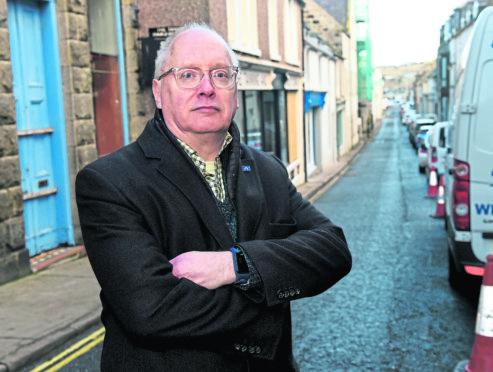North-east councillors have raised concerns over a new report which claims that nearly 20% of children in Banff and Buchan are living in poverty after housing costs.
Members of the area committee were asked yesterday to consider the Aberdeenshire Council action plan to tackle the problems and put forward a more robust response.
The report reveals that Banff and Buchan has the highest percentage of children in poverty after housing costs at 19.36%, well above the Aberdeenshire average of 12.59%.
An officer broke down the figures by ward: in Troup, the figure is 20.22%, in Banff, it is 21.12% and 21.34% in Fraserburgh.
Most of the councillors chose to speak about the action plan, identifying issues they had in particular with the lack of tangible suggestions to address the issue, a dearth of funding proposals and minimal mention of progressing employment.
But chairman Andy Kille said he was particularly worried that some of the figures in the study appeared to be questionable.
He said: “I’m not sure about the statistics here as I’ve done some research and found there are 16,600 households in Banff and Buchan, so if there are 691 low income households that’s actually only 4%.
“I would suggest there are either some suspect issues in the statistics or they haven’t been completely explained.
“My other concern is that out of 33 actions, only one refers to barriers to work – I don’t see anything about training or improvement to employment.”
Others agreed with this assessment, but councillor Glen Reynolds said he was concerned by the figures in the report because he thought they were too low.
He added: “I believe that the situation in the ward I represent is worse than that indicated, and that one in four of its bairns are living in poverty.
“To me it seems closer to 25% than 19%.
“Ambitious targets to reduce child poverty will stall unless employers unlock more opportunities so that families can find fair work with flexible hours and decent pay.
“Employers should not be merely ‘encouraged’ to pay a real living wage, as referred to in this rather weak document.
“This document is mostly aspirational rather than empowering.”
The committee agreed to put forward comment asking for “more meat on the bones of the plans” and request specific details on how the problem would be tackled, including employment as a focus for the area.
